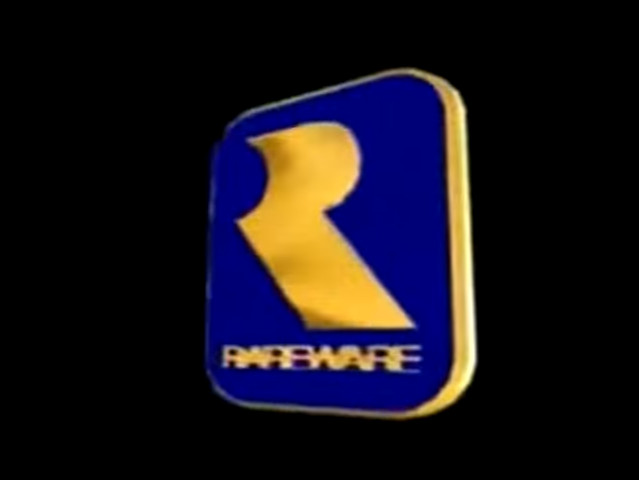

That's not to say that traditional IT is going away.
#Super mario sunshine repainted software
While I work for an independent software vendor, this concept applies to any traditional IT organization in a business undergoing a digital transformation. We integrate the required resources from across domains-such as infrastructure, software, monitoring, databases, and security controls-that they need to validate that their product will run on, say, SUSE Linux on a 32-processor system in the public cloud.

To that end, we provide a testing and certification service that our engineers value. One example is the ability to validate that an application will run in a customer-specified environment, at scale. When an application is the product, there are some outcomes that consumers desire that help them accelerate their time to value, time to market, and so on.

Once those are in the hands of our digital business users, we look at the consumption data and the outcomes and then determine what additional features or changes we need to make on the service. We look at the outcome the customer is trying to achieve and create ready-to-use service offerings to a "good enough" level. Then we work from the consumer in, rather than from the data center or the system out, to design the services needed. In designing our services, we start with the premise that a service is an act performed by a provider on behalf of the customer that delivers a resource or outcome. We promote consumption through the service offerings in our marketplace.

My business stakeholders concern themselves with getting products created and out the door, measuring customer adoption, responding to customer needs, and so on. My world, which focuses on IT services for product development and SaaS delivery, is more akin to a mix of both traditional and digital business. So how do you bring that into the realm of IT? You do it first by understanding the outcomes people are looking for, and then integrating the resources needed to facilitate those outcomes. The consumer typically has no visibility into, or knowledge of, the complexity of the people, processes, and technology that the mechanic has integrated to create the outcome. The repair shop uses a set of integrated resources-physical, technical, and human-to deliver services that facilitate the outcomes. He uses these resources to perform acts on your behalf that deliver an outcome that you deem to be valuable, such as a tune-up. These are delivery approaches that may be important to IT efficiency and scale but are not factors that have meaningful impact on digital business transformation.įor example, when you go to a mechanic, he doesn't offer tools as a service or mechanic as a service. Two examples are infrastructure as a service (IaaS) and software as a service (SaaS). Traditional IT concentrates almost exclusively on resource-centric services. Start with an outside-in approach: Focus on outcomes Here's how we did it-and what you can learn from our experience. Your customers shouldn’t need to wait on project-driven deployments to advance their business processes. So, for example, if you offer a set of configurable services-the application, an email service, and a support desk, for instance-your users should be able to mash up those self-service offerings, transform their processes, advance their cause, and go faster. You offer these services through an experience such as an enterprise service marketplace powered by a service management automation platform, and then let the business move at its own pace.ĭigital business is all about speed. That manifests itself as an IT organization that continuously delivers services that your consumers can use individually or can bundle together. That's an essential part of any digital transformation roadmap. The more you can shift IT from project-driven to consumption-driven, the faster the business can move-and the more agility your business will have. If yours is like most IT organizations, it satisfies 80% of its customers' needs in this way the rest it delivers through a self-service interface.īut to support a digital business, where the application is the product, IT leaders need to concentrate on inverting that approach. IT receives the requirements, engineers build to the specifications, and multiple processes come together, packaged as a project, to deliver systems and services that run the business for users. In traditional business, advancements largely depend on the speed of IT deployments.


 0 kommentar(er)
0 kommentar(er)
